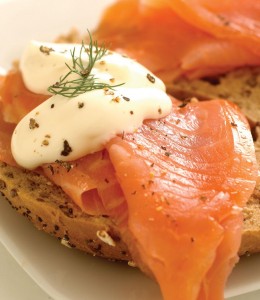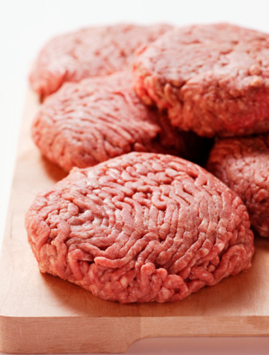I like salmon. There’s no wild salmon in Australia but it’s farmed in the cooler waters of Tasmania, and it’s an excellent product.
I used to eat a lot of smoked salmon, but that didn’t start until my 40s. Now, I can get better fillets and do it myself, although I do have the only kid at pre-school who has  lunches of salmon, brie and baguette.
lunches of salmon, brie and baguette.
Sadly, smoked salmon has its risks.
Three elderly people have died and the number of those sickened by salmonella after eating infected smoked salmon has risen to 950, Dutch health officials said on Thursday.
Dutch food and consumer watchdog NVWA rang alarm bells earlier this month, pinning the outbreak on Dutch fish producer Foppen and advising all major Dutch supermarket chains to take the contaminated salmon off the shelves.
The National Institute for Public Health (RIVM) in the Netherlands.
added that around 100 people in the United States were also infected “by the same type of salmonella.”
Foppen, headquartered in the central Dutch town of Harderwijk in the meantime blamed a contaminated production line in Greece for the outbreak, Dutch media reported.
 question of apportioning blame, says Nos television.
question of apportioning blame, says Nos television.

.jpg) There’s lots of various E. coli out there
There’s lots of various E. coli out there Netherlands. In 2006 to 2008, despite intensive monitoring and control programmes, Salmonella was still found in-store in raw meats (such as steak tartare and ossenworst) intended for direct consumption.
Netherlands. In 2006 to 2008, despite intensive monitoring and control programmes, Salmonella was still found in-store in raw meats (such as steak tartare and ossenworst) intended for direct consumption..jpg) The technique in question appears about five minutes in.
The technique in question appears about five minutes in.  A quantitative risk assessment for the consumption of beef burgers containing STEC by the Agence Francaise De Securite Sanitaire Des Aliments
A quantitative risk assessment for the consumption of beef burgers containing STEC by the Agence Francaise De Securite Sanitaire Des Aliments